Last updated on August 31st, 2025 at 04:19 pm
Foods in Ethiopia: Ethiopian cuisine is unlike any other, with its unique blend of spices and flavors that reflect the country’s rich cultural heritage (spices in Ethiopian food). Ethiopian cuisine is a must-try if you’re a food enthusiast looking to explore the world through your palate. In this article, we will delve into the authentic foods of Ethiopia, uncovering the secrets behind their preparation and discovering the bold and aromatic ingredients that make them so unique.
Are you tired of mundane meals? Do you want to add some excitement and flavor to your palate? Explore the vibrant world of Ethiopian cuisine, which is set to ignite your taste buds. Ethiopian food is sure to spice up your life with its unique blend of spices and bold flavors.
Ethiopian cuisine is a hidden gem in the culinary world. It offers a unique and bold flavor profile that is sure to tantalize your taste buds.
With a rich history and cultural significance, Ethiopian food is more than just a meal – it is an experience that will transport you to the vibrant streets of Ethiopia.
Sharing is Caring: Ethiopian Food Culture
Ethiopian food is meant to be shared and enjoyed with loved ones. Traditionally, meals are served on a large communal platter, with everyone using injera to scoop up their desired dishes.
This communal dining experience fosters a sense of togetherness and creates an intimate connection with the food and the people you share it with.
- Coffee Ceremony: A Cultural Tradition
Ethiopia is known as the birthplace of coffee, and the coffee ceremony is a cherished cultural tradition. It involves roasting, grinding, and brewing coffee beans, followed by a ceremonial serving of the aromatic beverage. - The coffee ceremony symbolizes hospitality and friendship, allowing you to immerse yourself in Ethiopian culture. Coffee Ceremonies involve roasting coffee beans, grinding them, and brewing the coffee in a traditional clay pot called a jebena. The coffee is served in small cups and enjoyed with friends and family.
- Beyond the Plate: Exploring Ethiopian Culture
What is Ethiopian Cuisine? Ethiopian cuisine is deeply intertwined with the country’s rich history and cultural heritage. By indulging in Ethiopian food, you are not only experiencing a culinary adventure but also gaining insights into the traditions, customs, and values of the Ethiopian people. - It is a journey that goes beyond the plate. Unveiling the essence of Ethiopian food is a gateway to discovering a world of bold flavors, unique spices, and a vibrant culinary culture. From the staple injera to the fiery berbere spice blend, Ethiopian cuisine offers a truly unforgettable dining experience.
- So, venture into the world of Ethiopian food and let your taste buds explore the richness and diversity of this extraordinary cuisine.
Spice up your dining experience with Ethiopian Cuisine and Delights
Spices in Ethiopian Food
- The Staple: Injera
- Injera is the heart and soul of Ethiopian cuisine. It is a sourdough flatbread made from fermented teff flour, which gives it a slightly tangy taste. Injera serves as a utensil and a base for various dishes, allowing you to scoop up flavorful stews and curries with your hands.
- Injera is typically made from fermented teff flour, which is gluten-free and rich in nutrients. Injera serves as both a utensil and a base for various dishes.
- Flavor Explosion: Berbere Spice Blend
Berbere is the quintessential spice blend in Ethiopian cooking. It is a fiery mix of red chili peppers, garlic, ginger, fenugreek, and aromatic spices.- The complex flavors of berbere add depth and heat to Ethiopian dishes, making them truly unforgettable. Each of these ingredients has its health advantages. For example, chili peppers are rich in capsaicin, known for its anti-inflammatory and antioxidant properties, and fenugreek may help control blood sugar levels.
- Berbere Spice Mix
- berbere seasoning is a flavorful and aromatic spice blend commonly used in Ethiopian and Eritrean cuisine. It typically includes a variety of spices such as red pepper, paprika, ginger, garlic, fenugreek, and other spices. The blend is known for its deep red color and bold, spicy flavor profile. It is often used to season meat dishes, stews, lentils, and vegetable dishes, adding complexity and heat. Combining spices in berbere seasoning creates a unique and vibrant taste essential in traditional Ethiopian and Eritrean cooking.
- Doro Wat: The National Dish
- Doro Wat is a must-try dish that represents the soul of Ethiopian cuisine. It is a spicy chicken stew simmered in a rich berbere sauce infused with onions, garlic, and ginger flavors. Served with injera, Doro Wat is a comforting and satisfying meal that will leave you craving more.
- Wats are hearty stews that are a central part of Ethiopian cuisine. They are often made with meat, such as doro wat (spicy chicken stew), sega wat (spicy beef stew), or vegetarian options like misir wat (red lentil stew) and shiro wat (chickpea stew).
- These stews are cooked with spices, including berbere (a fiery spice blend) and niter kibbeh (spiced clarified butter).
- Vegetarian Delights: Misir Wot and Shiro
Ethiopian cuisine caters to vegetarians with dishes like Misir Wot and Shiro. Misir Wot is a lentil stew cooked with berbere, onions, and garlic, while Shiro is a flavorful chickpea flour stew.- These vegetarian options showcase the versatility of Ethiopian cuisine and its ability to create delicious plant-based dishes. Alongside lentil stews like misir wat, you can find dishes like gomen (collard greens), atakilt wat (cabbage, carrots, and potatoes), and fasolia (green beans and carrots).
From Shiro to Kitfo: A Culinary Adventure through the Mouthwatering Foods in Ethiopia
Low Oxalate Components And Are Relatively Low In Calories
Low Oxalate Injera Recipe
Ingredients:
1 cup teff flour
1 cup rice flour
½ teaspoon active dry yeast
1 cup water
½ teaspoon salt
Instructions:
In a large bowl, combine the teff flour, rice flour, and yeast.
Gradually add water and mix well to form a smooth batter. Cover the bowl and let it rest for 24 hours at room temperature to ferment.
After fermentation, stir in the salt.
Heat a non-stick skillet or griddle over medium heat. Pour a ladleful of the batter onto the skillet and quickly swirl it around to form a thin, crepe-like pancake.
Cook for 2-3 minutes until the edges are slightly crisp and the top is set. Repeat with the remaining batter.
Stack the injera on a plate and cover them with a clean cloth to keep them moist and pliable.
Low Oxalate Kitfo Recipe
Ingredients:
8 ounces lean ground beef
1 tablespoon spiced butter (substitute with olive oil for lower calories)
1 teaspoon mitmita spice blend (adjust to taste)
Salt to taste
Chopped parsley (optional, for garnish)
Instructions:
Heat the spiced butter or olive oil in a skillet over medium heat.
Add the ground beef and cook, breaking it up with a spoon, until browned and cooked through.
Stir in the mitmita spice blend and salt. Cook for an additional minute to allow the flavors to meld.
Remove from heat and garnish with chopped parsley, if desired.
Serve the kitfo with injera or your choice of low oxalate bread.
Spices In Ethiopian Food – How To Use These Spices In Ethiopian Food?
Here are some tips on how to use the spices commonly found in Ethiopian cooking:
Toasting and Grinding: To enhance the flavor of certain spices like cumin, coriander, and cardamom, you can toast them in a dry pan over low heat until fragrant. Then, grind them using a mortar and pestle or a spice grinder. This process helps release their essential oils and intensifies their flavor.
Balancing Heat with Berbere and Mitmita: Berbere and Mitmita are commonly used spice blends that add heat to Ethiopian dishes. Start with small amounts and adjust according to your spice tolerance. Remember to taste as you go and gradually add more if desired.
Incorporating Berbere in Stews: Berbere is a versatile spice blend often used in Ethiopian stews, such as Doro Wat (spicy chicken stew) and Misir Wat (spicy lentil stew). Sauté the berbere spice blend in oil or butter at the beginning of the cooking process to release its flavors and create a rich base for the stew.
Using Nigella Seeds as a Topping: Nigella seeds, also known as black cumin, are commonly used as a topping in Ethiopian cuisine. Sprinkle them over salads, lentils, and stews to add a nutty and slightly bitter flavor.
Adding Turmeric for Color and Flavor: Turmeric is often used in Ethiopian dishes to add a vibrant yellow color and a warm, earthy flavor. Add a pinch of turmeric to lentils, rice, or vegetable dishes to enhance their visual appeal and taste.
Infusing Cinnamon and Cardamom: Cinnamon and cardamom can be infused in hot water to create a fragrant tea that complements Ethiopian meals. Add these spices to desserts or sprinkle them on yogurt for additional flavor.
Balancing Flavors with Garlic and Ginger: Garlic and ginger are frequently used in Ethiopian cooking to add depth and flavor. Grate or finely chop them and sauté them in oil or butter before adding other ingredients to develop their flavors.
Remember that experimentation is vital to finding the right balance of spices in your Ethiopian dishes. Start with small amounts and adjust according to your taste preferences. Enjoy exploring the vibrant flavors of Ethiopian cuisine!
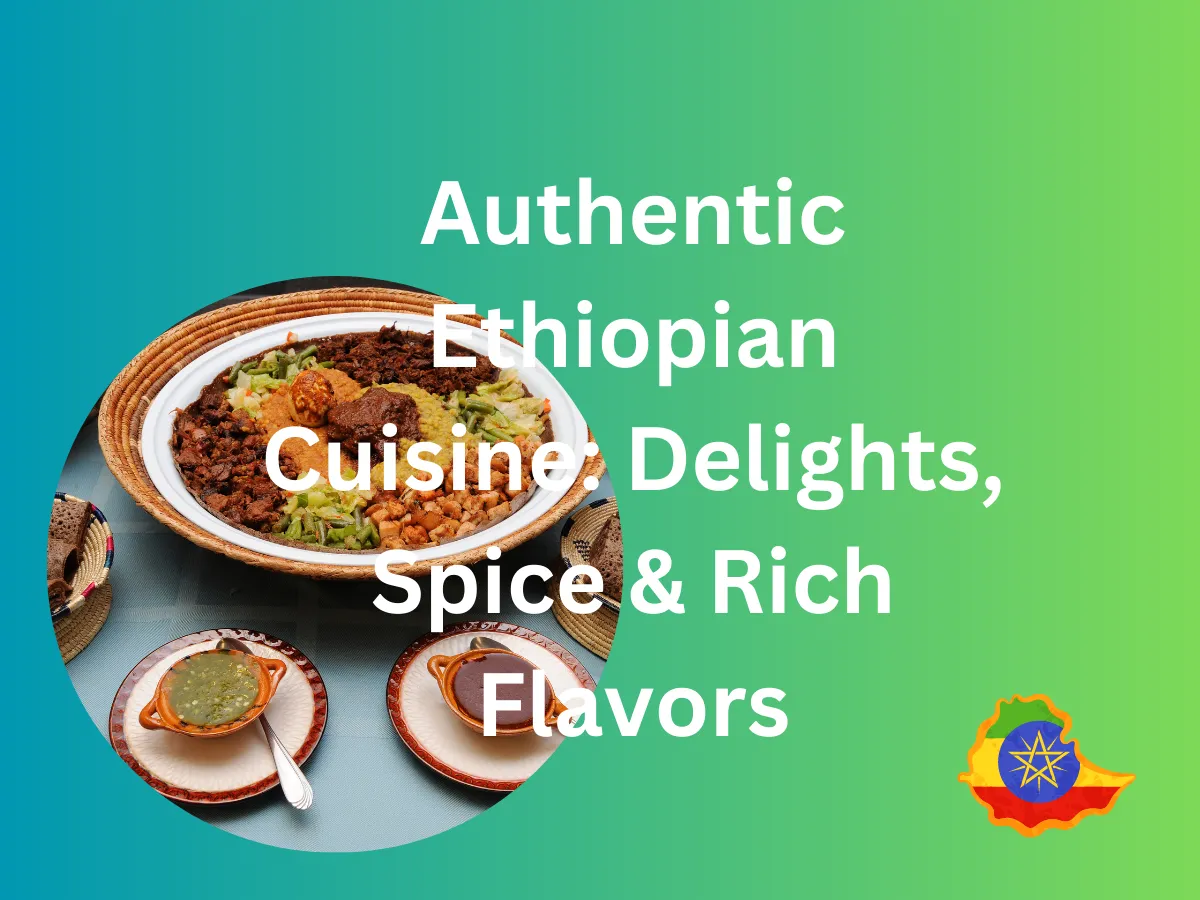
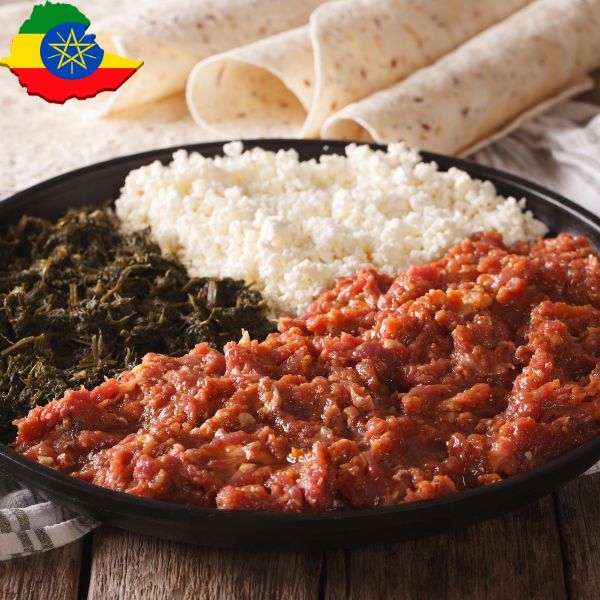
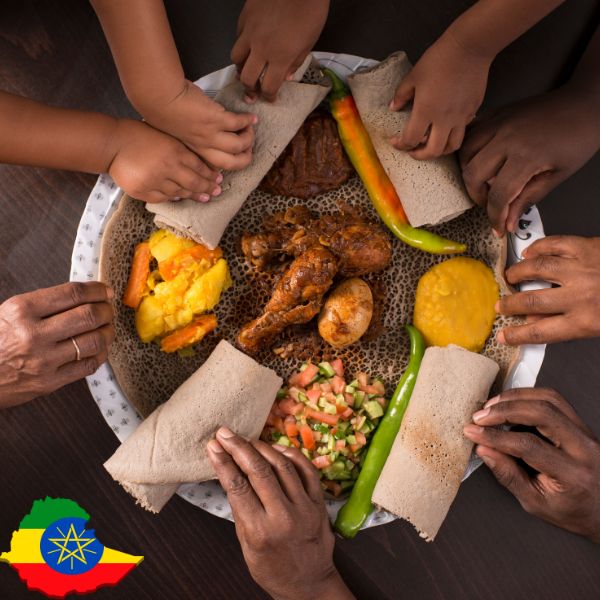
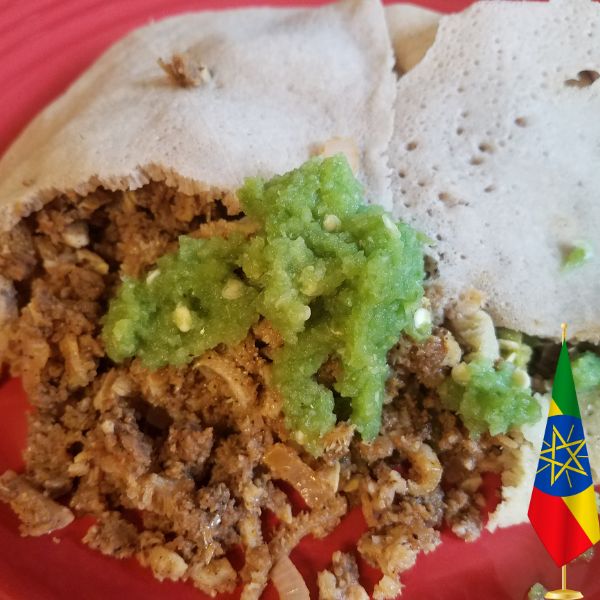


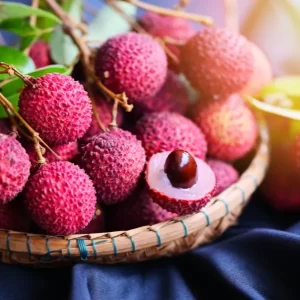




August 20, 2023 at 2:36 pm[…] […]
August 25, 2023 at 5:08 pm[…] Authentic Ethiopian Cuisine: Delights, Spice & Rich Flavors […]